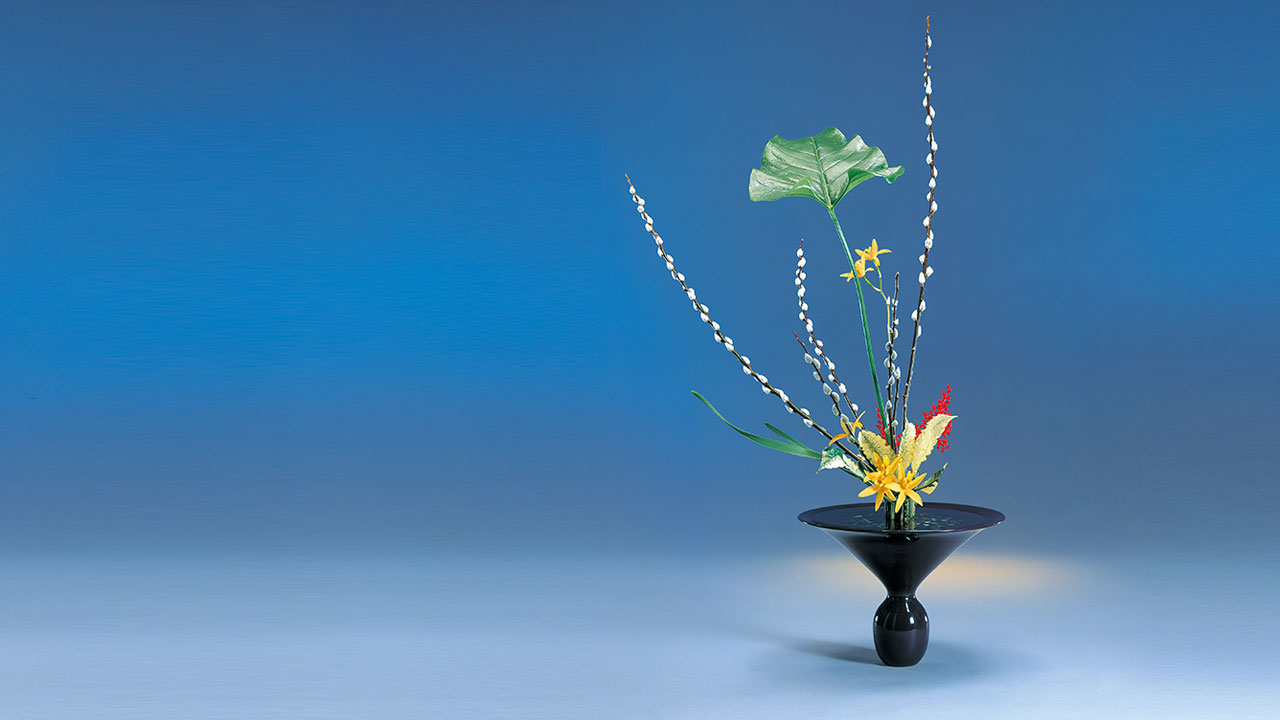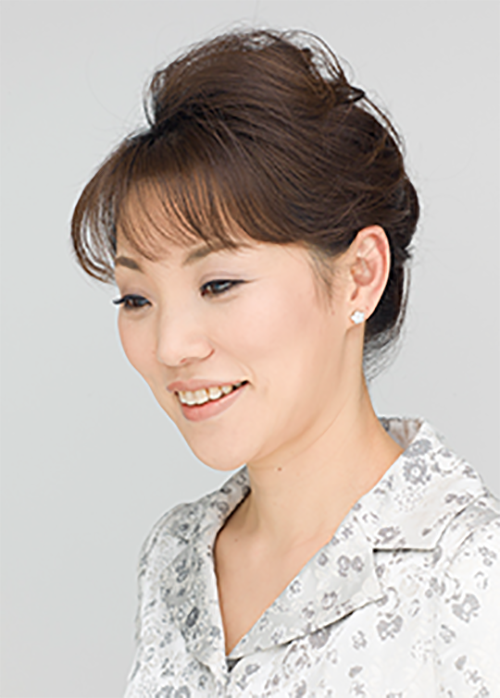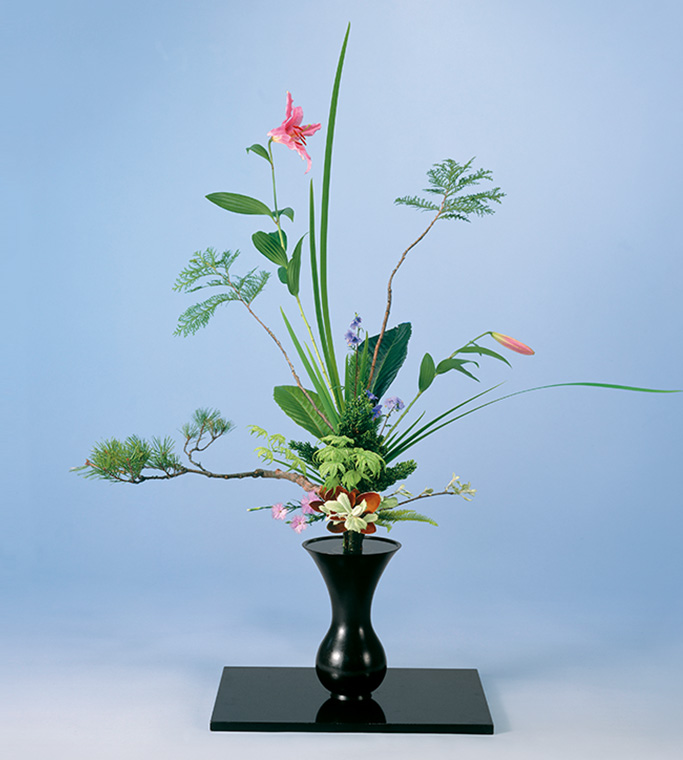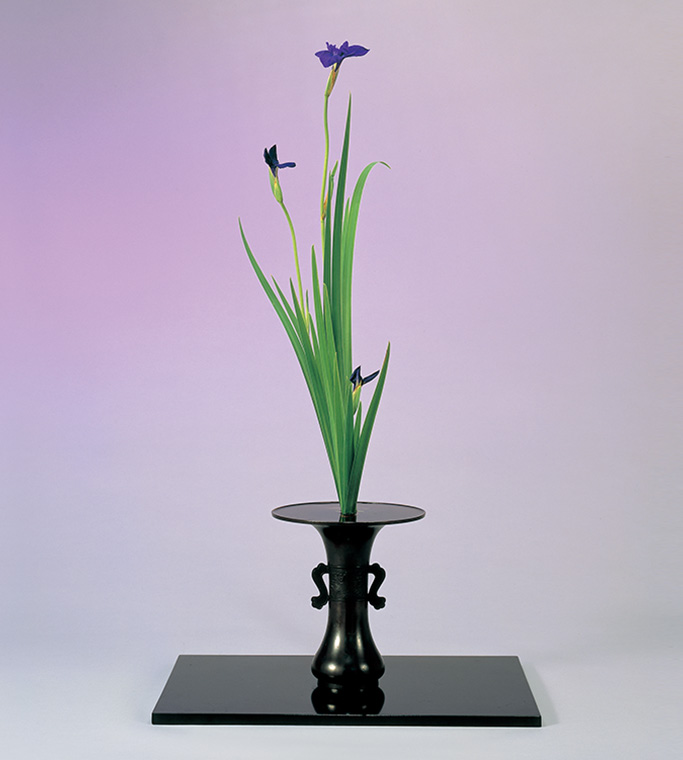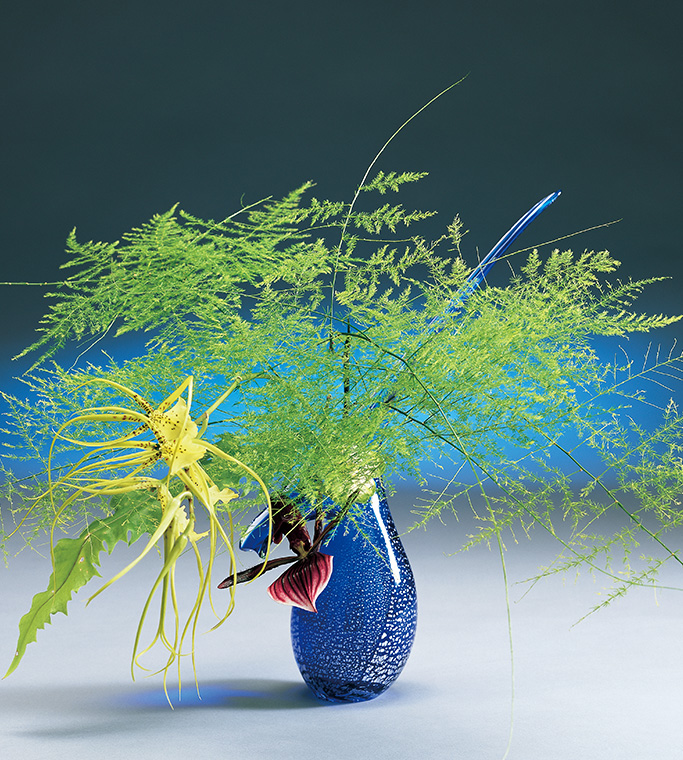
Overseas Investment Projects Open, Australia Ready For More Malaysian Investors

Overseas Investment Projects Open, Australia Ready For More Malaysian Investors
Australia has been a migrating destination most sought after by Malaysian investors for many years.
Driven by the country’s economic and political stability that offers diversity of opportunities, education and human rights protection, Australia is ranked by UNDP (United Nations Human Development) as the second-best country in the world for quality life following their “Human Development Index” statistics assessment.
[1]
Australia one of the most medically-advanced country
Australia is also in the top 10 of most medically-advanced countries in the world with over US$5.5 billion invested in their medical research, which ensures better medical assurance and treatment quality. [2]
Better and more trusted law equity
One of the top reasons that makes Australia one of the best choices for migration is their better and more trusted law equity. Australia is best known as a country that spends every dollar of its tax-payers money on the well-being of its citizens.
4th best country for education
Education has been one of the primary factors taken into consideration when choosing a country to migrate for the family. With Australia ranked as 4th best country in the world for education [3] many have made it one of their top migrating destinations for the betterment of their children’s education.
Though national standards were implemented in 2014, each state is tasked in managing their own education system to ensure its quality education is up-to- par with their high Human Development Index.
One of the best countries for Business and Investment
In Australia, the state government has zero interference over the conduct of private businesses, another plus point for business migrants choosing Australia as their preferred investment destination.
With its strong, sustained economic growth, Australia has opened up more projects that target overseas investors, intending to expand their business and migrate to Australia.
Migration into Australia is made even more appealing by its cultural diverse and beautiful natural environment, its world-class sporting facilities as well as an enviable lifestyle.
Australia also tops a one of the best countries for retirement [4] showing an increasing numbers of migration by successful investor opting to settle down and retire in Australia.
The Australian Migration Agents Pty Ltd (AMA) invites qualifying business owners and investors to a cost-free seminar. This seminar will allow you to understand and strategize your business and investment as a gateway to obtaining Australian Permanent Residency in Australia.
There will be discussions on the latest Commonwealth government migration regulations, eligibility rules and policies on State Nomination, types of visas and details on projects available for overseas investors.
Eligible investors will be expedited for a meeting with State Nomination Body to discuss their intentions.

Presenting at the seminar is a prominent Australian Migration agent with over 27 years of practice hands-on experience, CEO of Australian Migration Agents Mr. Robert Chelliah.

Exclusively made available for seminar participants is a question-and-answer session with Western Australia Investment and Business Specialist Mr. Hermann Steeger.
Through AMA they will assist you in your business strategizing and expansion into Australia, providing a one stop platform, step by step guidance and assistance to the applicant and their family from beginning to Post Arrival Support Services (Final and settlement stage for successful applicants.)
Australia is hoping to attract more overseas investors with the availability of projects in the selected fields such as Ecotourism, Food & Beverage, Hospitality Industries, Property Ownership and Development, Agro cultivation and Commercial Horticulture.
AMA has hundreds of proven and outstanding winning records in facilitating investors with their business expansion and investment plans into Australia.
Chelliah is an expert in legislative migration and handling complex cases, he is a skilled strategist and also a well known media commentator.
With a 100% success track record, Chelliah has over 40 years of working experience with the Australian Commonwealth government Immigration Department making AMA one of the longest serving migration agents in Australia.
Chelliah added,
“Now appears to be the best time for investors to truly ride on these investment opportunities before the Australian Department of Immigration again revamps their migration legislatives.”
Take part in the benefit of their excellent education system that is made available and affordable by the Australian Government Department of Education, in an effort to ensure they retain their 99% literacy rate while working towards a 100% literacy rate. [5]
Australia is confident of seeing an increase in overseas investors with the amount of investment projects offered by its financial institutions and government bonds. It is through these investments, applicants have a better opportunity to migrate and experience living in Australia.
Register now to secure seats at a seminar near you!
Speak to Robert: +60123482961
*Admission is strictly by pre-registration ONLY owing to limited seats.
Details of available projects:
By the end of the settlement process, investors will obtain partial refund of their professional fees upon the confirmation of their consignment with the available proposed projects.
Types of business visas and financial requirements:
VISA 132 – Business Talent; Stream A – Business History. (Permanent Visa)
2. VISA 188 – Business Innovation Stream. (Provisional Visa)
3. VISA 188 – Business Investor Stream. (Provisional Visa)
4. VISA 188C – Significant Investor Visa (SIV)
*Other business visa categories available
*Private counselling available post seminar
Other business and investment fields open to investors:
Attend the seminar and discover how you can make your migration plans a reality.
AMA is an Australian migration agency established in 1994 that practices with the highest integrity and ethics complying with their mission statement of:
“WE DO ONLY ONE THING & WE DO IT BEST!”




